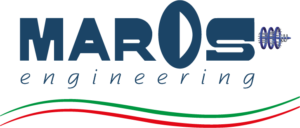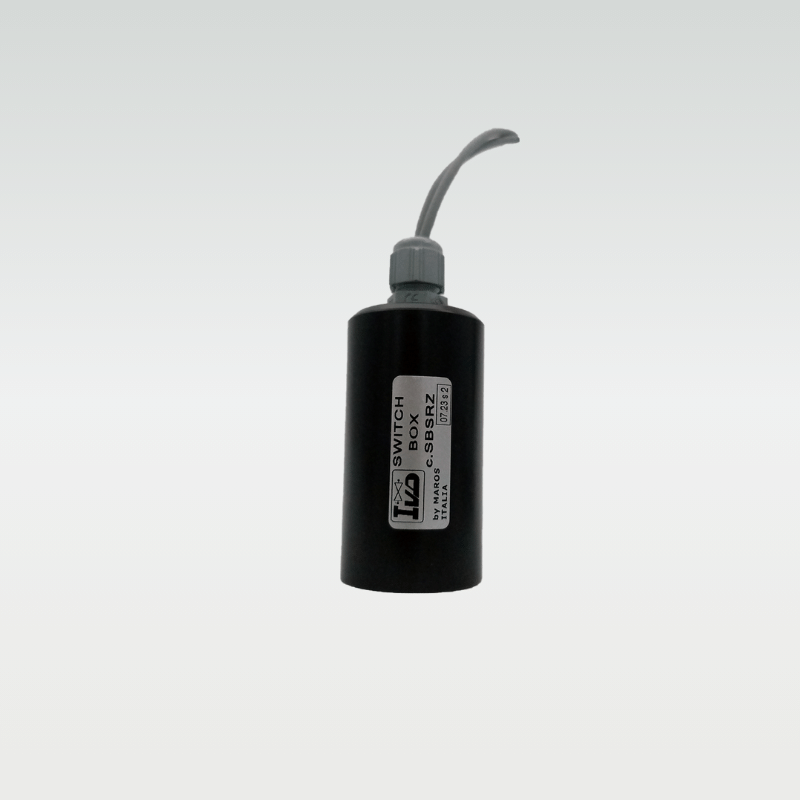VACUUM VALVES

INVA
3-way high flow rate valve. Works as vacuum/vacuum breaker function with vacuum pumps. Works as diverter valve with blowers.

INVA 53
5 way 3 position air flow reversing valve for blowers.

INVA 52
5 way 2 position air flow reversing valve for blowers

INVA 32
3 way 2 position valve. Works as vacuum/vacuum breaker with vacuum pumps. Works as diverter valve with blowers.

INCA
2 way high flow rate intercepting valve to be used with vacuum pumps and/or blowers.

FLUXA OI
Compact streamlined valve for vacuum control applications

INVA NYLON
3 way vacuum /vacuum breaker valve for vacuum pumps

INVA NYLON R
3-way vacuum /vacuum breaker valve for vacuum pumps with extra rapid release function
Maros Engineering air-operated or pneumatic vacuum valves are used in a wide range of industrial automation applications in systems with vacuum pumps or blowers.
Some examples:
Vacuum packaging of ground and bean coffee and any food that can be stored under vacuum,
Vacuum packaging of sanitary products or textiles such as diapers, mattresses, pillows, etc.
Vacuum plus inerting gas inputs-ex. nitrogen-for the preservation of fresh raw or cooked foods (vegetables, fruits, meat, fish).
Gripping tables in woodworking machines, glass, leather and wherever it is necessary to hold the object to be processed.
Molding plastics and rubbery materials: by means of vacuum it is possible to achieve uniform transformation of the molten product in the molds and give the desired shape to carbon fibers.
Drying treatments: through vacuum it is possible to extract moisture from products or equipment (car/motorcycle brake systems, air conditioning systems, etc.)
Impregnation treatments: vacuum creates conditions for particular substances to penetrate inside the materials to be treated (e.g., impregnation of wood with salts for outdoor use).
VACUUM VALVES
Check & Follow Maros Engineering Industrial Valves Linkedin to stay updated with case histrories and details
Ask for further
INFORMATION
If you have already identified which type of valve you need, or if you would like an overview of possible alternatives, please fill in the form below to contact our technical department. Briefly describe your case and we will contact you shortly.

